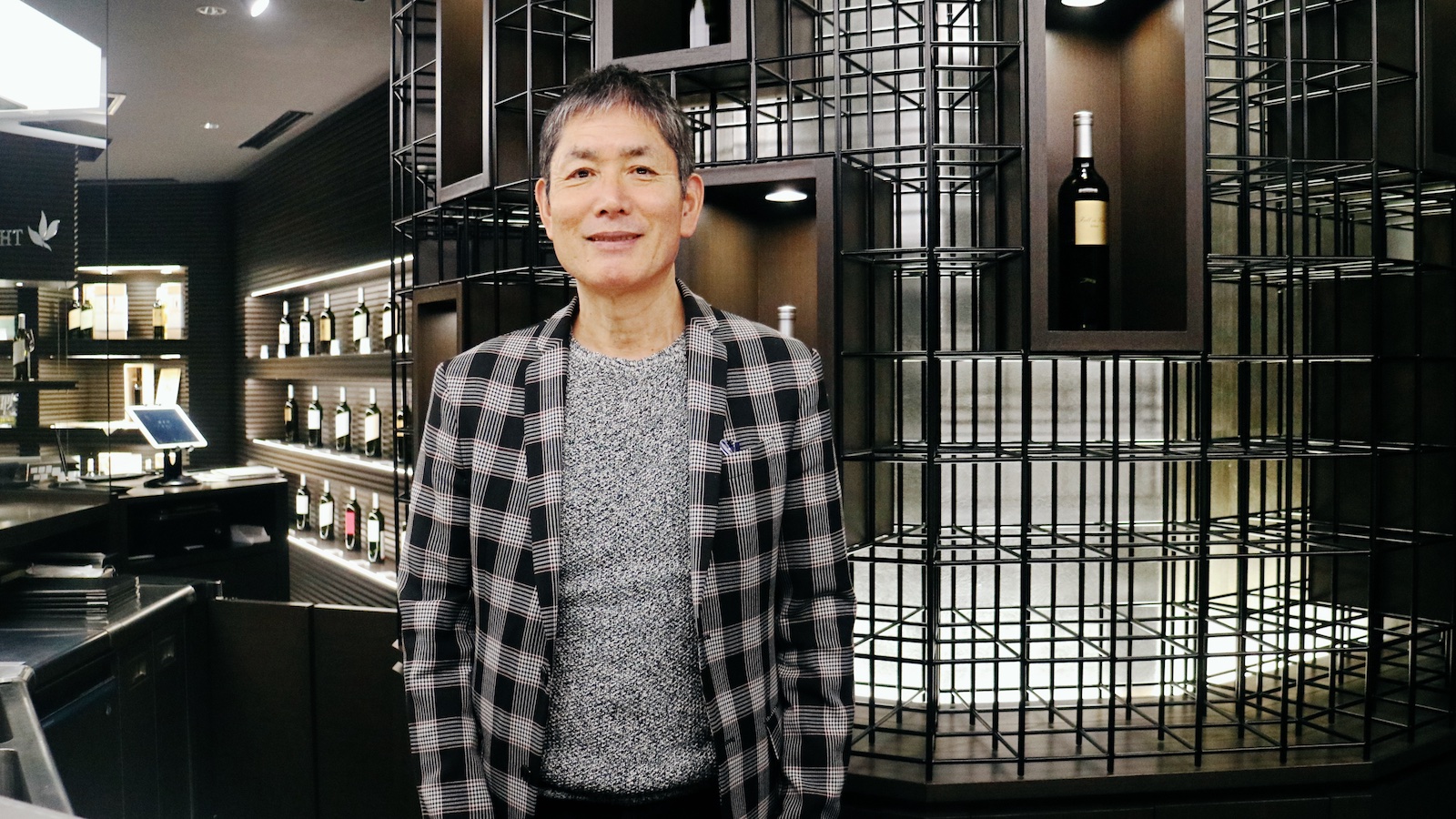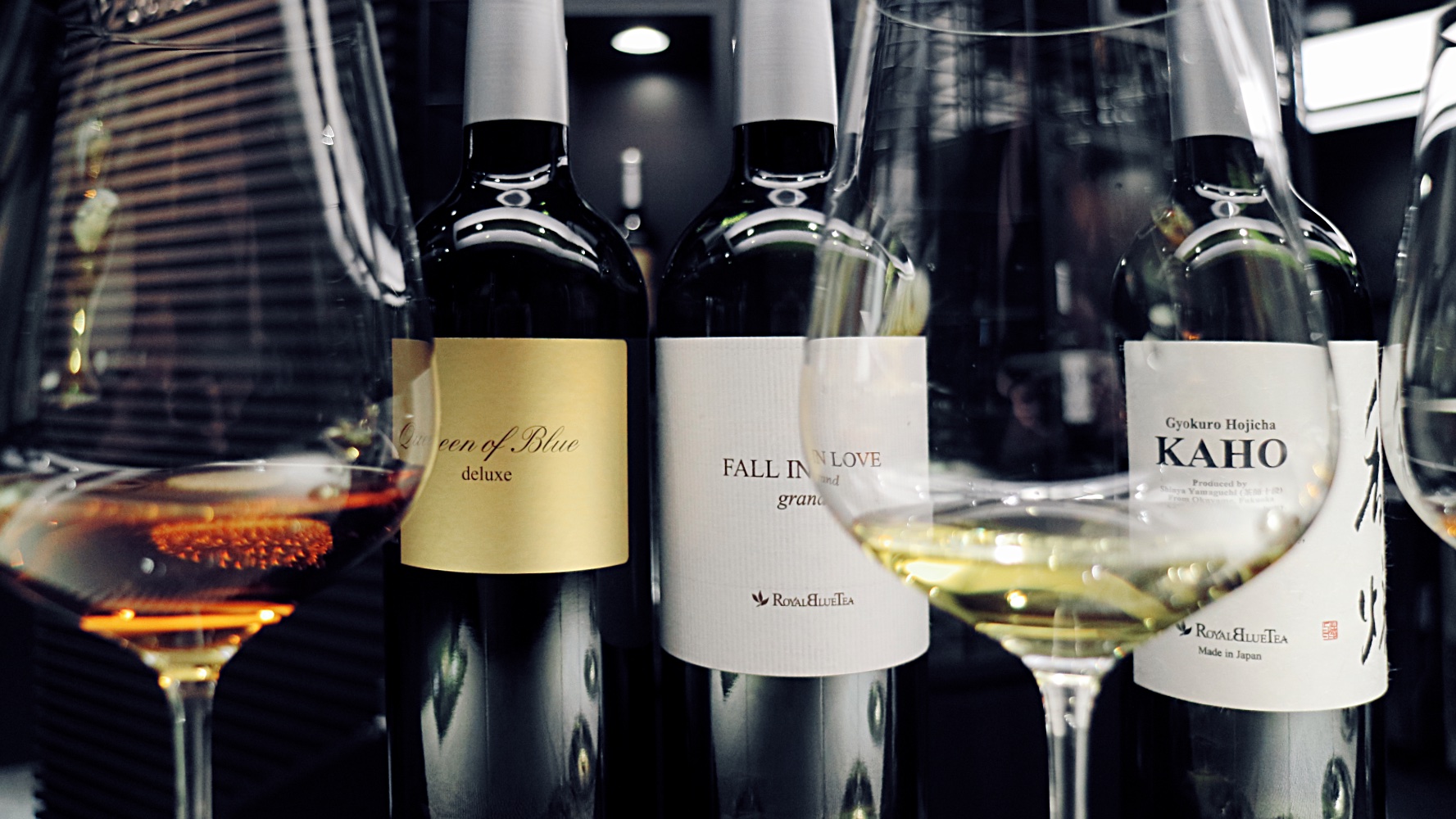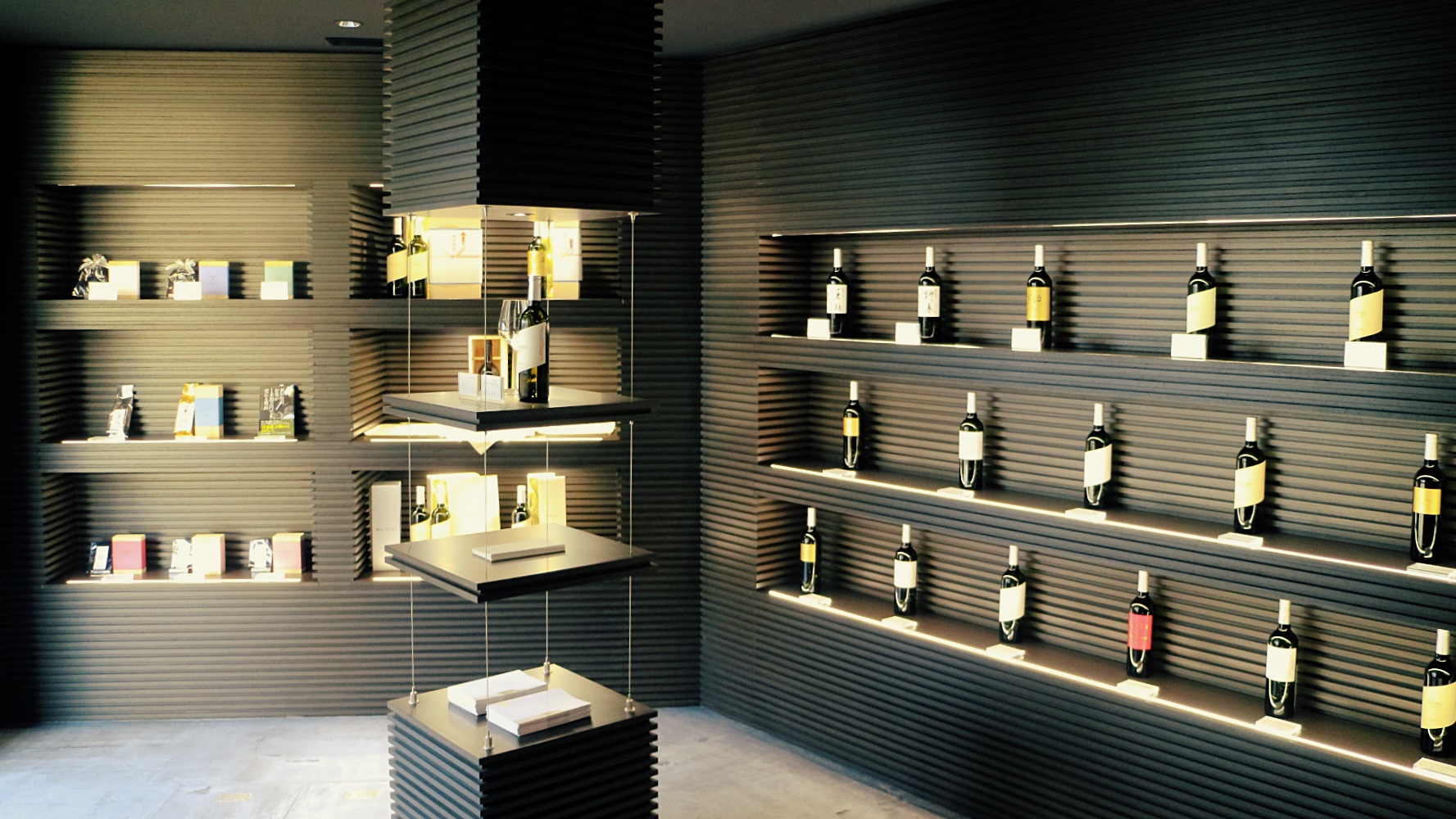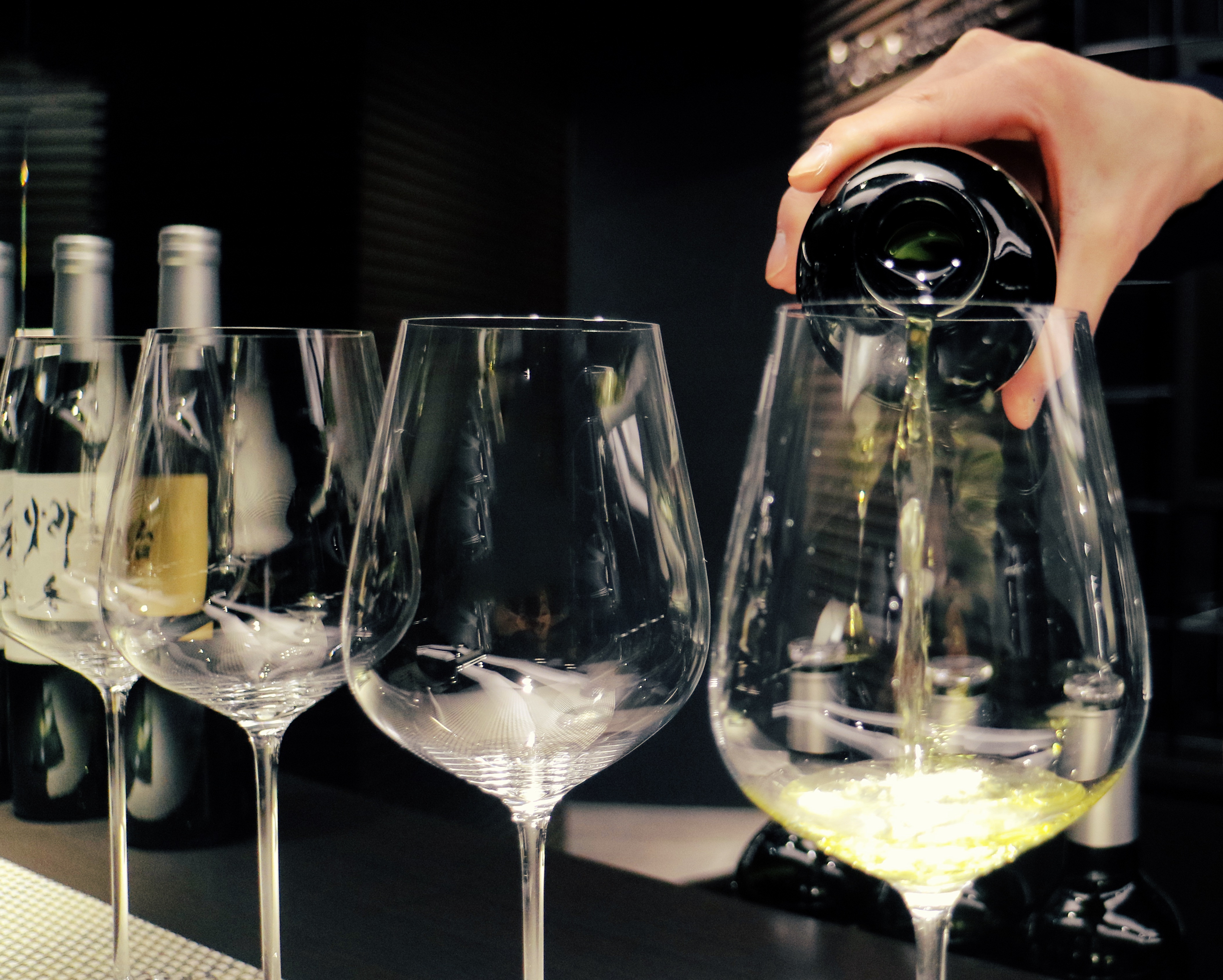For those of us who love an occasional glass of alcohol, the world is an easy place. Wherever we go, whatever event we attend, there is always a glass to fit the occasion and we’re never left empty-handed. For people who cannot consume alcohol, however — due to religious, physical or other reasons — the options are usually limited: orange juice, sparkling water, or if we’re lucky, iced tea. Even if the setting is a celebration like a wedding or a milestone business event. The question remains: why is it easier to create a celebratory scene with alcohol than one without?
For Royal Blue Tea, the Japanese tea company that has been addressing this issue by offering luxurious non-alcoholic teas since 2007, it all started with this very simple question.
“The drink is one of the most important attributes to your dining experience,” says Setsuo Sato, Royal Blue Tea’s chairman, and co-founder. “At a course dinner, you try different drinks, you enjoy the food, and you chat along. That is what makes a dinner complete — otherwise, you can just serve yourself a packed lunch,” he said with a laugh.
But he’s only half joking; drinks are important. They help set the mood and break the ice. And very often, they elevate the taste of our food, too.

“We wanted to create a drinking culture where everybody — regardless of their cultural, religious, age or health restrictions — can enjoy on equal terms,” Sato adds.
Creating the world's first wine-bottled, high-end tea
With this in mind, Sato, a tea sommelier and a former owner of a tea school, and Keiko Yoshimoto, a former student at the school and a tea aficionado, officially co-founded a company in 2006 that was to trigger a tea revolution: it would serve only the finest of non-alcoholic teas and serve them in wine bottles so that consumers would enjoy the drink in the same way they enjoy a wine’s mood, and depth of flavor.
“It only made sense to turn to tea,” Sato explains. “Up until the Meiji Era in Japan, it was always a popular drink among the aristocracy.”

The market for the royal drink is also a major contribution for this decision: tea is, after all, the second most consumed beverage in the world and over 40 percent of it currently comes from Asia — China and India, specifically. And as to refined green tea, Japan continues to set up the bar high internationally, promoting not only the drink’s delicious flavor but also its abundant health benefits.
We wanted to create a drinking culture where everybody — regardless of their cultural, religious, age or health restrictions — can enjoy.
But Royal Blue Tea’s products are not just refined on the outside. Each product in their lineup of now nearly 20 kinds, is made of selected handpicked tea leaves from the finest tea plantations in Japan and around the world. The teas are produced organically, using the so-called mizudashi technique of infusing the leaves in cold water for up to seven days, which is followed up by filtering the tea using an unheated filtered sterilization process. The result of this intricate process is rich color, scent, and the taste of truly delicious high-quality tea.
And, just like wine, unique names derive from the source of production. There’s the King of Green Masa from Shizuoka Prefecture, Riichi from Kyoto, Irika from Miyazaki Prefecture, the Queen of Blue from Taiwan, the Jewel of Flowers Hana from Fujian, China and more.

From JAL to G7: The Road to Chaen
Twelve years since the launch of Royal Blue Tea, the company’s labels are now served at some of the most prestigious restaurants, bars and first-class hotels in Japan, Hong Kong, and Singapore. They are being paired with a variety of international cuisine from French to Chinese fusion, and of course, Japanese. In 2011, the company also partnered with Japan Airlines to deliver the drinks on its first-class’ international flights. It was a joint project with a shared goal: to promote Japanese luxury items around the world.
Following its success with JAL, the brand was quickly put in the spotlight, steadily becoming recognized as a luxury label fit for exclusive high-rank gatherings. Royal Blue Tea was selected by Kanagawa Prefecture as a welcoming drink at the 61st National Arboreal Fair, an event attended by the imperial family, and was later also served at a banquet held for Aung Suu Kyi during one of her recent visits to Japan.

It was in 2016, however, when the Royal Blue Tea brand gained full international spotlight when its Kyoto label, The Uji and King of Green Riichi Premium, were selected by the Japanese government as the welcoming drink at the G7 Iseshima Summit in Mie Prefecture.
Two years since then, Royal Blue Tea now looks ahead toward further expanding its business, aiming at promoting the labels at over 1,000 restaurants and hotels worldwide.
“Our most important mission is to change the way tea is perceived in Japan and across the world,” says Sato. “We want to establish Chaen, the art of pairing non-alcoholic tea with fine cuisine, as a new global standard.”
Chaen, which literally translates into a “tea banquette,” is a term the company has registered a patent for, which embraces the concept of a dinner party where no alcohol is served. To help promote this concept and eventually turn it into a world standard, Royal Blue Tea is currently setting up a dedicated Japan-based organization.
“It’s a new kind of culture,” Sato says with a smile as he lines five of the company’s finest brands on the bar of his tea boutique in Tokyo’s Roppongi district.
Queen of Blue, Fall in Love, Kaho, Irika, The Uji … these fine golden labels certainly look promising from the other side of the bar. Cheers to that.
To learn more about Royal Blue Tea, visit the company’s official website here. For a taste of its teas, visit The Royal Blue Tea Boutique in Tokyo’s Roppongi (7-18-15 Roppongi, Minato-ku, Tokyo) or Chigasaki in Kanagawa Prefecture (2-8 Honjukucho, Chigasaki, Kanagawa Prefecture). For online shopping (delivery available in Japan only), see here.
This is the second story in Japan Today’s new Japan Business Spotlight series, which brings the spotlight on Japanese domestic companies, from small-scale family-run businesses to now worldwide corporate giants. In this series, we trace the roots of their foundations, we look at the faces behind their stories and the concepts behind their most recent innovations. Our first series introduces seven businesses based in or operating in Kanagawa Prefecture.
Read more articles from our Japan Business Spotlight: Kanagawa:
© Japan Today Take our user survey and make your voice heard.
Take our user survey and make your voice heard.















1 Comment
Login to comment
Taisuke Higuchi
I love the story!